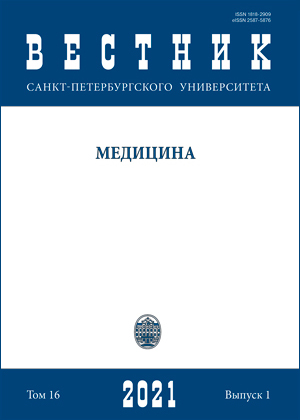The pathogenesis of pulmonary hypertension — vessel wall ischemia as the driving force in disease initiation and progression*
DOI:
https://doi.org/10.21638/spbu11.2021.103Abstract
Surgeons are not trained to decipher the pathogenesis of diseases, which they operate on. They are used to repair, remove, or replace defective tissues and organs. Yet, we often see typical pathomorphological or pathophysiological phenomena, characteristic of a specific disorder that can only be observed during surgery. Such patterns would not be recognized easily by current imaging techniques, and their visibility would require a living organism. In modern terminology, one could call them “surgical biomarkers”. Many disease entities, today, are still not completely deciphered regarding initial links of their pathogenesis, despite decades of experimental and clinical research. In such disorders, characteristically named “idiopathic”, surgical observations may be helpful to clarify disease mechanisms, two of which we offer here for one of these disease entities, namely pulmonary hypertension.
Keywords:
arteria pulmonalis, pulmonary hypertension, vasa vasorum, vasculitis, utoimmunity, atherosclerosis
Downloads
References
References
Kuppe H., Kuebler W. M. Hypoxic pulmonary vasoconstriction requires connexin 40-mediated endothelial signal conduction. Journal of Clinical Investigation, 2012, vol. 122, no. 11, pp. 4218–4230.https://doi.org/10.1172/JCI59176
Downloads
Published
How to Cite
Issue
Section
License
Articles of "Vestnik of Saint Petersburg University. Medicine" are open access distributed under the terms of the License Agreement with Saint Petersburg State University, which permits to the authors unrestricted distribution and self-archiving free of charge.




